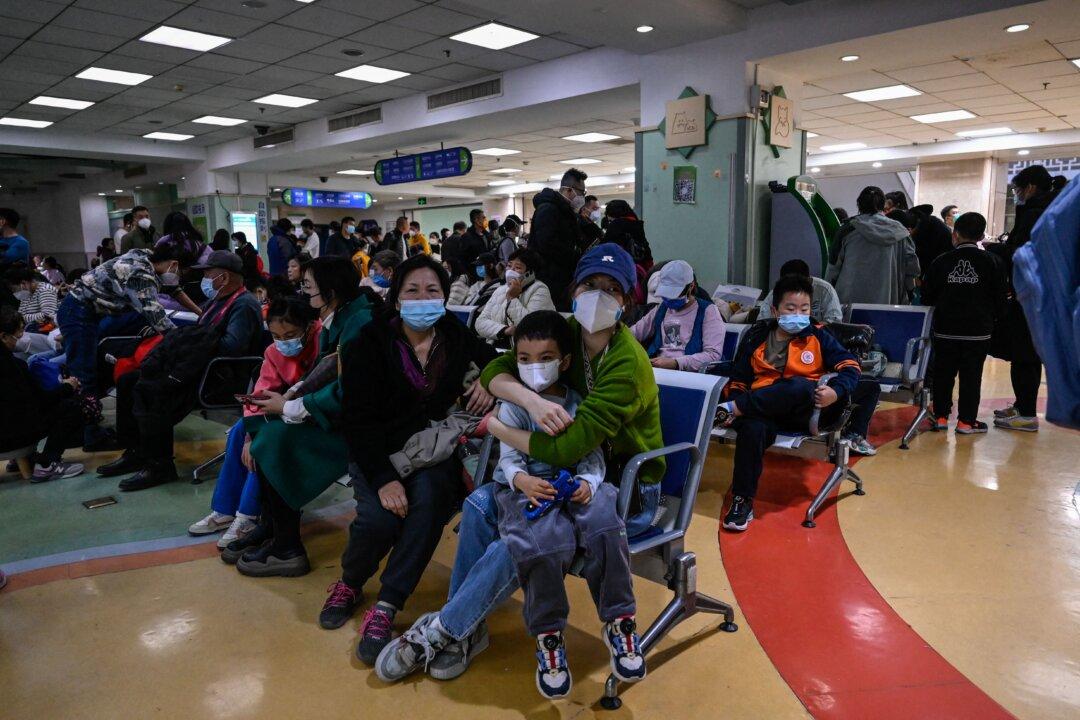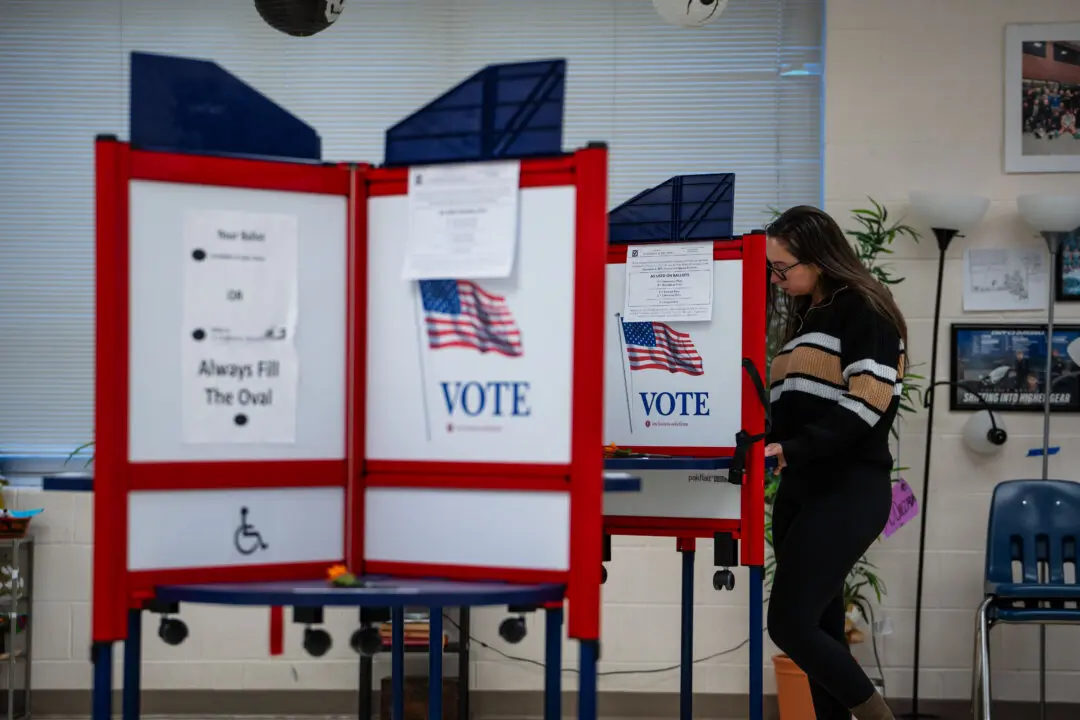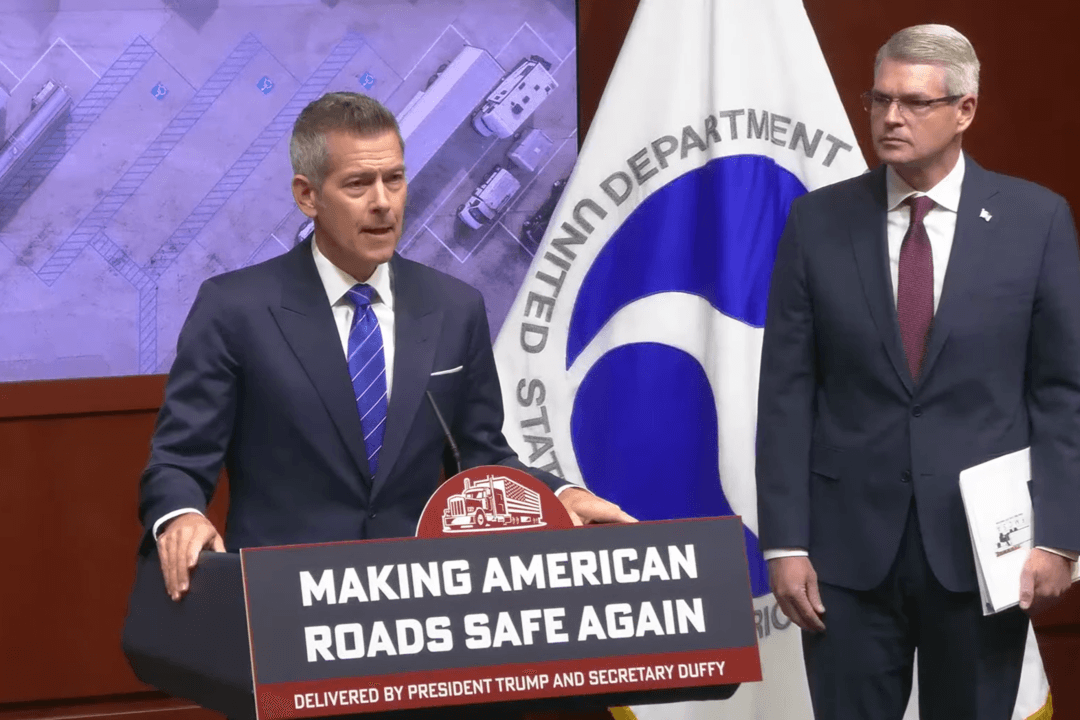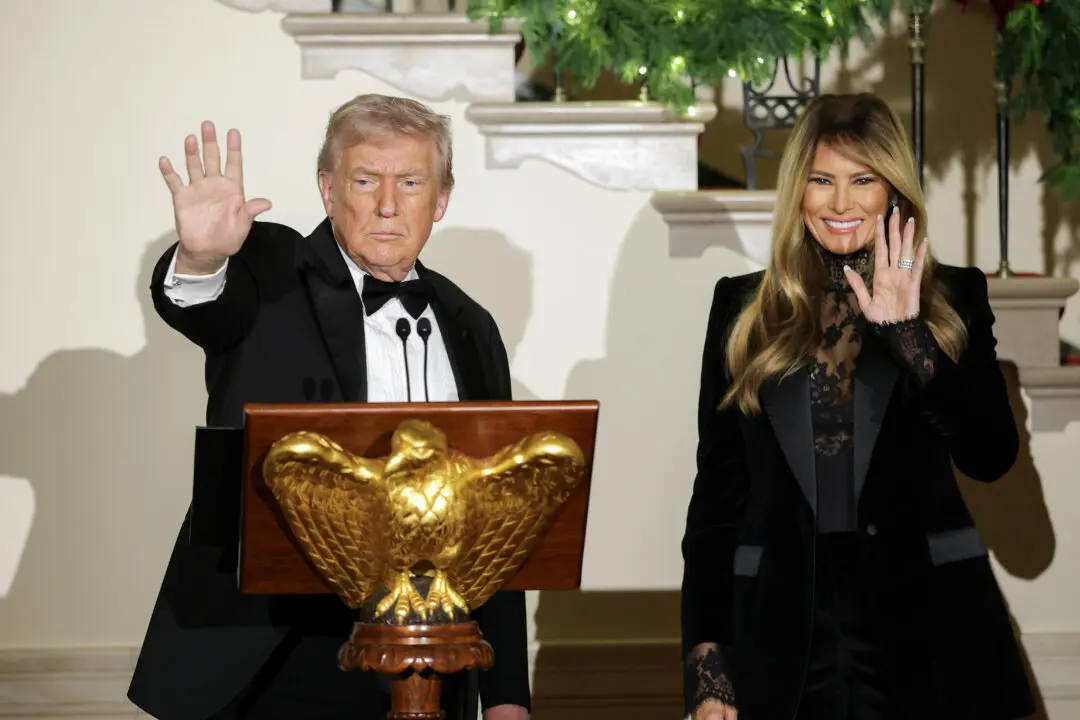A U.S. official sounded the alarm over a “pneumonia outbreak” in northern China that reportedly sent a number of children to local hospitals.
About four years after COVID-19 emerged in China, a number of children have reportedly suffered pneumonia, a fever, or other respiratory issues, according to reports. Hospitals are now reportedly overwhelmed due to the rise in cases, sparking an alert from the World Health Organization as well as a top U.S. official.





